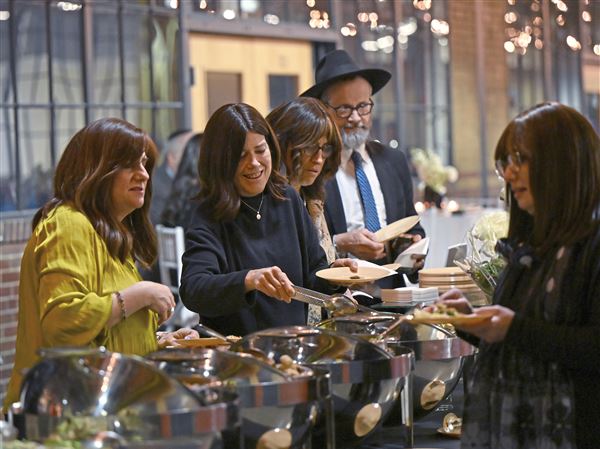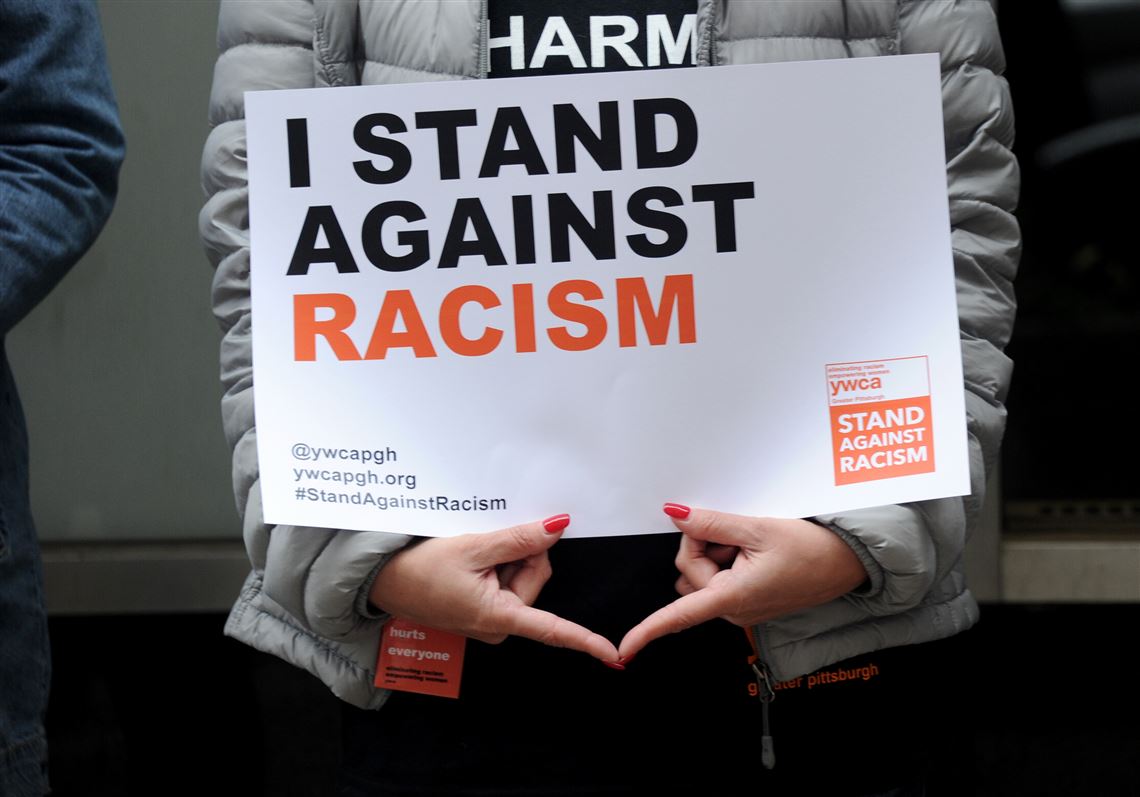Diversity, equity and inclusion (DEI) have become essential pillars of society today. However, there are many barriers to achieving these goals, and two of the most insidious are benevolent racism and vicarious racism, particularly concerning the diversity viewpoint.
These forms of racism can be difficult to recognize because they are often masked by good intentions and a desire to help others. However, they can do as much harm as overtly hostile forms of racism.
Benevolent racism is a term used to describe situations where individuals or institutions act in ways they believe are beneficial to people of color but perpetuate racial inequality.
For example, a manager might hire a person of color for a position because they believe it will help increase diversity in the workplace. However, suppose that person is not as qualified as their white colleagues. In that case, they may still face discrimination and limited career advancement opportunities.
Benevolent racism often stems from a lack of understanding of how systemic racism operates. It can lead to tokenism, a phenomenon where individuals are given opportunities to serve as representatives of their race but are not genuinely valued for qualities beyond their race.
Vicarious racism is another form of racism that can be difficult to recognize. It occurs when individuals who do not experience racism become distressed by witnessing racist acts or hearing about them.
This can manifest in various ways, generally from feeling personally offended on behalf of a person of color who may not be offended by a particular experience themselves. While vicarious racism might not seem harmful on the surface, it can create an environment where people of color are expected to self-oppress for the satisfaction of vicarious racists.
Viewpoint diversity refers to the presence of a variety of perspectives, ideas and opinions within a group or organization. It recognizes that individuals may look similar but come from different backgrounds, cultures, experiences and beliefs and, therefore, are likely to hold different views on issues.
To end benevolent and vicarious racism, it is essential to acknowledge that good intentions are not enough. We must actively work to understand the effect of our actions and behaviors on others and examine how they may contribute to systemic inequalities.
One critical step is to understand that viewpoint diversity exists among people of color and educate ourselves about the history and continuing effects of racism, individual and systemic. This means reading books, attending workshops and engaging in discussions with people from different racial and ethnic backgrounds to understand that not all people who look similar think similarly.
We must also learn to recognize and challenge our biases, including the ways that we might be unintentionally perpetuating systemic racism. DEI, as a system, has the potential to create an infrastructure unintentionally for white people to take credit for the achievements of people of color.
Performative activism weaponizes benevolent racism to save people of color from themselves, as though they are too unsophisticated to do so without them.
Performative activism also weaponizes vicarious racism, shouting about the importance of giving people of color a voice while prohibiting them from having a voice unique from benevolent and/or vicarious racists, as though people of color are a monolith, a pet project with minimal intra-group diversity, as though the color of skin predetermines the content of character.
When a benevolent and/or vicarious racist is introduced to a person of color who thinks differently, there is potential for conflict since the person of color doesn’t fit into the worldview of the benevolent and/or vicarious racist. This conflict can coerce people of color to self-oppress themselves into thinking less of themselves to fit into the worldview of benevolent and/or vicarious racists.
Benevolent and vicarious racism can be just as harmful as overt racism and can pose significant barriers to achieving DEI goals. To end these forms of racism, we must actively work to educate ourselves and challenge our biases. Do we genuinely value diversity and inclusion, or do we only include those who look different but think alike in our definition of diversity?
People of color are not second-class citizens when they don’t think how benevolent and/or vicarious racists think they should think. People of color are more than the DEI boxes they check.
is an assistant professor in the school of social work at Boise State University. He wrote this for InsideSources.com.
First Published: April 3, 2023, 4:00 a.m.



















